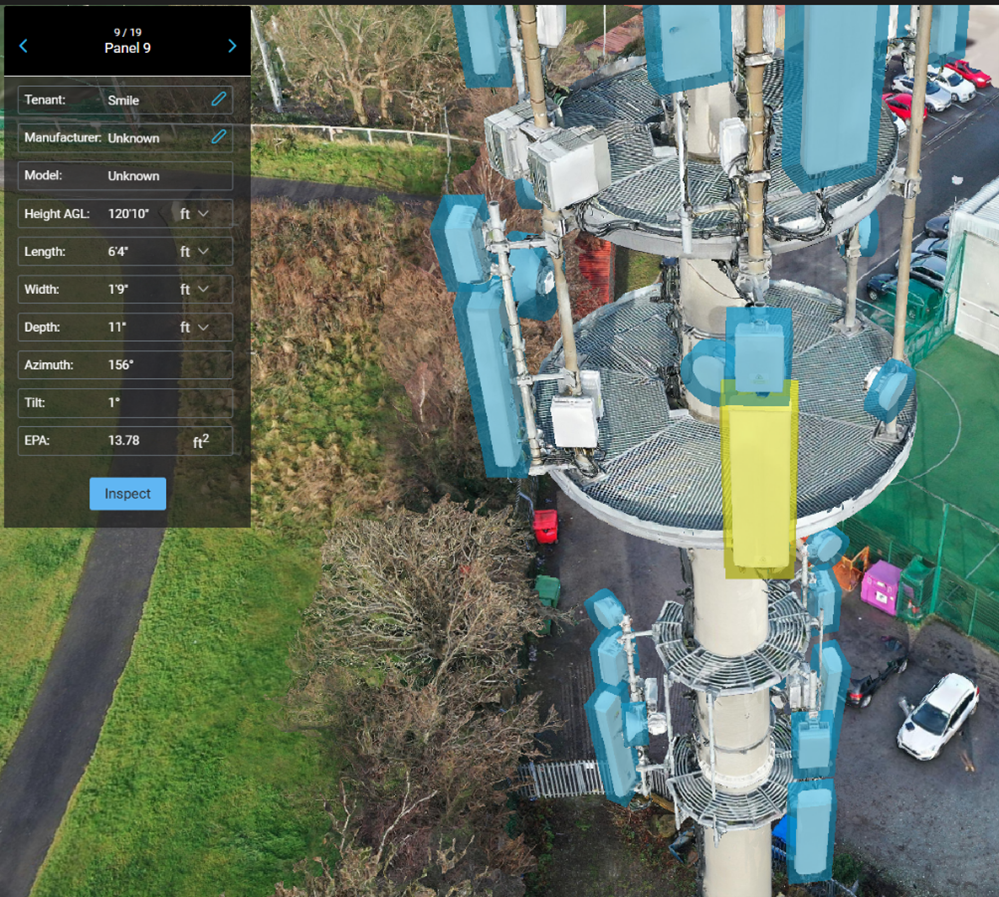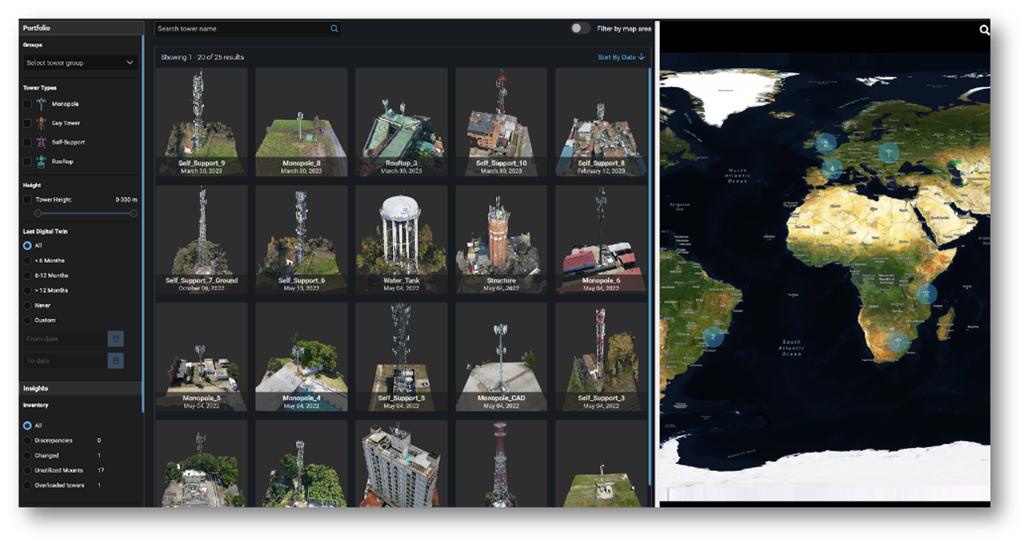
A digital twin is more than just a 3D model of a tower. “The most important part of the digital twin is the ability to transfer information digitally between systems,” said Itai Karelic, Chief Revenue Officer at vHive. “A digital twin is the ability to gain insights from that 3D model and be able to transfer those to your asset management systems, to your billing, to any other systems a towerco or an operator might have.”
By leveraging AI-powered digital twins, tower companies can move beyond guesswork and outdated records, identifying lost revenue, tracking equipment timely, and preventing costly errors before they happen. Yet, despite these advantages, many tower operators still hold onto outdated beliefs about their data and asset management practices.
5 Myths That Can Constrain Towerco Success
-
“Our Site Data Is Accurate”
One of the biggest misconceptions in the industry is that tower companies already have a firm grasp of their assets. However, Karelic warned that this assumption is often incorrect. “Based on our experience globally, about 30% of the data is outdated or incorrect, and that can lead to costly miscalculations,” he explained.
Errors in tower inventory data can have significant financial implications. “You have space on the tower that you’re not leasing, or space on the tower that you are getting money for, but you now lease to somebody else. And that’s a mistake.” The bottom line? If a towerco isn’t continuously verifying what’s truly on its towers, it may be leaving money on the table. Or, worse, end up making critical leasing errors.
-
“Maximizing Tenancy Is All That Matters” Well, Almost.
Karelic says it’s a common belief that filling a tower with as many tenants as possible is the key to profitability. However, without careful lease management and site optimization, additional tenants can lead to higher operational expenses that offset any revenue gains.
“You do want to maximize your tenancy, but you have to do so diligently,” Karelic emphasized. “You have to be careful of your OPEX rising. You have to make sure you have the proper site management, and you don’t have structural mismatches. Inefficiencies in lease agreements can cancel the revenue gains that you think you have.”
The key is to ensure that every lease is profitable, space is utilized efficiently, and structural integrity is maintained. Digital twins provide towercos with real-time visibility in this regard.
-
“Manual Audits Are Good Enough”
Many tower operators still rely on manual audits, either by sending teams to climb towers or performing ground-based visual inspections. These processes are time-consuming, expensive, and prone to human error, according to Karelic, who says they can take 10 times longer and cost three times more than digital solutions.
“If you don’t have an automated system that is independent, you’re going to make mistakes,” Karelic warned. Maybe you’ve been climbing towers for 30 years, but you’re getting inaccurate results. “That’s not something people want to hear,” said Karelic, “But unfortunately, that’s the reality. It’s not about assigning blame; it’s about acknowledging that we lacked the proper tools. We find very significant discrepancies between a manual audit versus a digital twin.”
Digital twins offer an automated way to track every antenna, cable, and piece of equipment, eliminating the need for repeated site visits. “One of the things we focus on is the ease of data capture,” he said. “With the vHive platform, all you have to do is touch a series of commands on the controller, and the drone flies itself, so the data is much more accurate.”
-
“All Our Tenants Are Accounted For”
Phantom tenants. It even sounds scary. It may seem straightforward to track who is using space on a tower, but the reality is that many tower companies are losing revenue due to untracked or improperly billed tenants, according to Karelic.
“We have seen cases where there is a mismatch between what the towerco believes they’ve leased and what they actually leased out,” Karelic explained. “The ability to sell that space is much more conducive with a digital twin, allowing you to understand immediately where you have towers with space and where that space is on the tower.”
For towercos, missing even a single tenant or misidentifying the amount of equipment on a site can translate into significant lost revenue. “Not all your tenants are accounted for. It’s a billing issue,” he said.
-
“We Know the True Value of Our Portfolio”
Inaccurate asset tracking doesn’t just impact lease revenue, it can also distort the valuation of a tower company’s entire portfolio. This becomes especially critical during mergers and acquisitions.
“If you can add to your revenue two or three percent and reduce your OPEX by half a percent to a percent without much effort, you went back to the stock market, and you’ve shown improved results,” Karelic noted. “That affects your share price, even if you’re a privately held company.”
During acquisitions, having a precise, real-time record of what’s on each tower gives companies leverage in negotiations. “Classic economics has its limitations but will tell you that the more information you have, the better you are prepared for the transactions, for the negotiation,” he said.
The Digital Clock is Ticking
vHive is confident the days of managing telecom infrastructure based on outdated spreadsheets and in-person audits are rapidly coming to an end. Digital twins provide tower companies with a comprehensive, up-to-date view of their assets, allowing them to cut costs, improve efficiency, and capture revenue that would otherwise be lost.
“Technology is there to strengthen the current workforce and allow them to do their job better,” Karelic said. “The point of digital twins is to make your portfolio even more valuable, make your workflows easier, and automate your processes.”
For tower companies looking to stay competitive, the message is clear: “‘We’ve always done it this way’ isn’t a strategy – it’s a liability,” he concluded. “Towercos using digital twins aren’t just keeping up – they’re unlocking cash, slashing costs, and leaving the competition behind.”
To learn more about vHive, https://www.vhive.ai/. Listen to a recent episode of Tower Talks, featuring Karelic, for further insights.






Reader Interactions